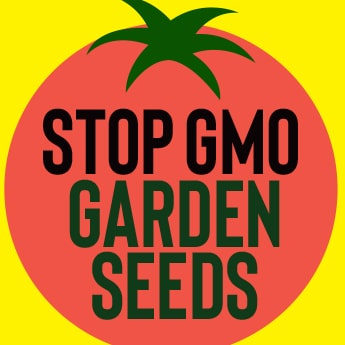CBAN on SmartStax: Western Producer
(Click here to read Monsanto’s response)
Stacked traits lack assessment – Opinion
2009-10-15 Western Producer By Lucy Sharratt
Sharratt is the co-ordinator of the Canadian Biotechnology Action Network based in Ottawa.
Monsanto and Dow AgroSciences are calling their new SmartStax corn a “game-changing” technology.
How so? Is it the increased prices they will eventually charge for a corn with eight genetically engineered traits? Is it the 75 percent reduction in refuge area that they successfully negotiated?
Or is it the introduction of new genetically engineered crops without environmental and health assessments?
The game has certainly changed, but not for the better.
Canada’s July approval of SmartStax, a corn with eight GE traits, indicates the beginning of a new era of dangerous non-regulation of GE crops.
The Canadian Food Inspection Agency and Health Canada are now asking farmers and consumers to support the introduction of GE crops that have not undergone any safety assessments.
Approval of SmartStax was great news for Monsanto and Dow AgroSciences. These two corporations own the patents for the eight traits that are combined in the corn.
They will collect many millions of dollars from farmers over the coming years – and the crop didn’t even have to undergo government safety evaluations. Smart for the largest seed and biotech companies, not so smart for the rest of us.
Health Canada did not assess the human health safety of SmartStax corn. In fact, Health Canada didn’t even bother to approve SmartStax.
It was the CFIA alone that authorized the release, without environmental safety assessment.
This lack of safety assessment for stacked trait crops is not a loophole in regulation or an oversight. It actually is the regulation.
This is because, as far as Canadian regulators are concerned, if single GE traits have already been approved in separate crops, the CFIA and Health Canada don’t need to evaluate the safety of new stacked-trait crops.
Canadian regulations, such as they are, merely limit safety assessments to so-called novel traits, which includes GE traits.
But genes are not like lego. This is a misinterpretation of the simple description of genes as the “building blocks of life.”
Stacked traits are produced through the crossing of GE plants but what happens when GE plants are bred together?
Apparently, our government doesn’t know or care.
In contrast, the United Nations Codex food safety guidelines clearly state that conventional breeding of GE plants can give rise to unintended effects. The UN body recommends that safety assessments should, therefore, be conducted.
Health Canada was part of negotiating these international guidelines but the department doesn’t follow them because this contradicts our simplified trait-based approach to regulation and would require fundamental change.
In authorizing SmartStax without approval from Health Canada, the CFIA has also ignored a policy that the government established to protect farmers.
In response to the contamination of our food system with Starlink corn that was approved for animal feed but not for humans, the federal government decided to only approve GE crops for environmental release if they had also been approved for human consumption.
This was designed to protect public health and farmers from contamination by unapproved GE events. Starlink, however, was authorized without approval from Health Canada.
In the past, Canadians have been assured that GE foods are safe because the regulatory system has approved them. But the federal government cannot make the claim that stacked trait GE crops are safe.
Why not? Because the regulatory agencies have not evaluated their safety. Health Canada has not even officially approved them.
We’re told instead to trust Monsanto and Dow to monitor and identify problems. But will this self-policing protect the public interest? The experience of the listeriosis crisis shows the weaknesses of such a system and the possible impacts on farmers.
This deregulation of food safety, with its misplaced dependence on self-policing by large corporations, clearly puts the public and farmers at risk.
The fact that the complete lack of safety assessment of SmartStax is a deliberate limitation designed into in our regulatory system, only exposes how deeply flawed the system actually is.
Canadian regulation of GE crops and foods is now exposed as dangerously outdated and inadequate.
To regain any credibility and re-establish any modicum of public trust, the CFIA must withdraw authorization for SmartStax pending safety assessments.
But this can only be the beginning of the deep structural change necessary to protect the public interest into the future.
The federal government should initiate a highly transparent and consultative process to review the entire regulatory system for GE crops and foods.
It’s time that the Canadian government reformed regulation and, in the meantime, put safety assessments back into the approval process.





